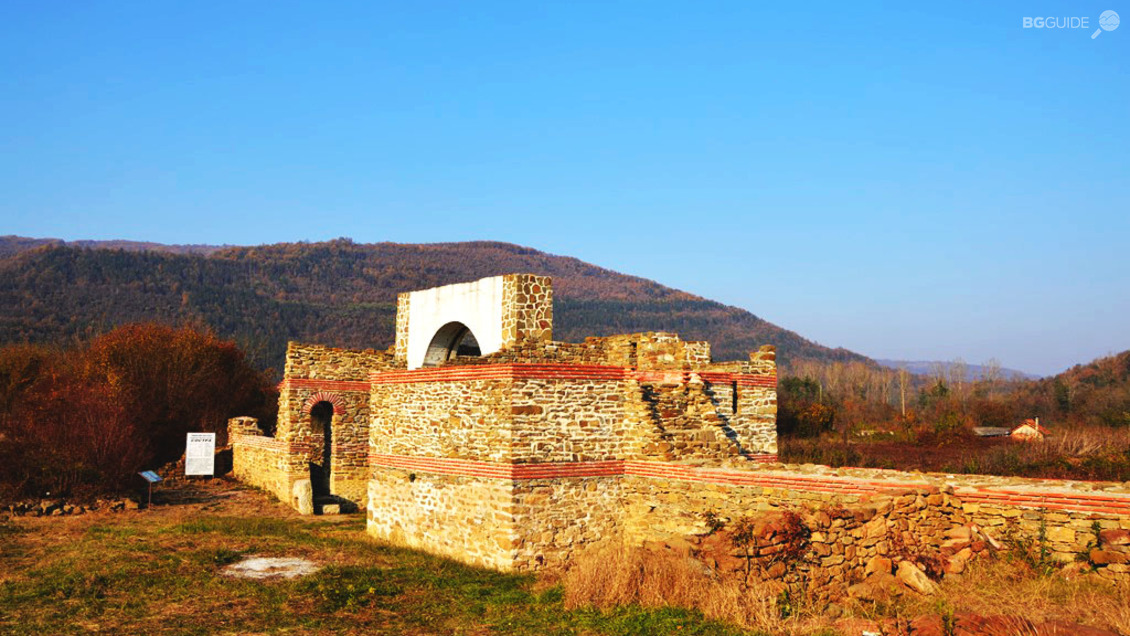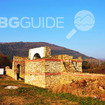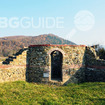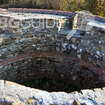Sostra Fortress, the village of Lomets
The Sostra Fortress, situated in the Osam River valley, was cleverly built blending in with its surroundings near the Troyan village of Lomets. The construction of the fortress and road station began in the 2nd century B.C. as the Romans deliberately chose the location because of the mostly flat terrain, its proximity to natural sources of water, mountains and farmland. Anywhere between 500 and 1,000 soldiers guarded the once major road linking the provinces of Lower Moesia and Thrace.
Remnants of urban roman architecture were uncovered at the premises: street ruins, water piping and sanitary sewer systems, army barracks, baths and latrines, a grain storage facility, an infirmary, etc. The remaining fortress walls are impressive and reminiscent of the majestic dimensions of the stronghold – an 11-meter-high wall guarded the interior, while the 16-meter-high watch-towers in the middle, towering above the surroundings, provided efficient road protection. However, despite all this, in the 5th century A.D. Sostra was completely looted and burned by invaders and fell into demise.
Today the fortress remains stand against the backdrop of the trackside, while the road signs near the asphalt road connecting the towns of Troyan and Lovech indicate the location of the landmark.
The discovered artifacts: coins, vessels, jewelry and others are on display in different museums, as the ancient Thracian mask dated to the 5th-4th c. BC. , perhaps the most valuable item, is kept at the National History Museum in Sofia.
























